#black southerners
Text
Sharecropping: Slavery Rerouted
Though slavery was abolished in 1865, sharecropping would keep most Black Southerners impoverished and immobile for decades to come.
— Published: August 16, 2023 | By Jared Tetreau | The Harvest: Integrating Mississippi's Schools | Article | Sunday August 20, 2023

Sharecropper's children. Montgomery County, Alabama, 1937, photographer Arthur Rothstein, Library of Congress
“The White Folks had all the Courts, all the Guns, all the Hounds, all the Railroads, all the Telegraph Wires, all the Newspapers, all the Money and nearly all the Land – and we had only our Ignorance, our Poverty and our Empty Hands.” — an anonymous Sharecropper, Elbert County, Georgia, ca. 1900
On January 1, 1867 in Marshall County, Mississippi, Cooper Hughes and Charles Roberts entered into an agreement. In their contract with landowner I.G. Bailey, Hughes and Roberts, both formerly enslaved men, agreed to work 40 acres of corn and 20 acres of cotton on Bailey’s land, along with “all other work…necessary to be done to keep [the farm] in good order,” for the duration of 1867. In exchange for their labor, Hughes, Roberts and their families would be “furnished” with stipends of meat, a mule for plowing, a plot of land to grow a garden, separate cabins and one-third and one-half of the corn and cotton crops respectively.
On that first day of 1867, Hughes and Roberts joined a growing number of newly freed African Americans turning toward a new agricultural arrangement in the South. It would come to be called “sharecropping.” In the decades that followed, sharecropping would grow into what scholar Wesley Allen Riddle called the “predominant capital-labor arrangement” in the region, defining how hundreds of thousands of Black Southerners made a living and supported their families. But once up and running, sharecropping itself would deny the formerly enslaved their rights and liberties as free American citizens for nearly one hundred years.

Sharecropper "Mother Lane" Pulaski County, Arkansas,1937, United States Resettlement Administration, photographer Ben by Shahn, Library of Congress
What is Sharecropping?
Sharecropping is a system by which a tenant farmer agrees to work an owner’s land in exchange for living accommodations and a share of the profits from the sale of the crop at the end of the harvest.
The system emerged after the Civil War, when the southern economy lay in ruins. With the Confederate monetary system wiped out, farm land decimated, and slavery abolished under the 13th Amendment, access to labor and capital was extremely limited among Southern landowners. For former slaves, federal proposals to redistribute land fell apart in the 1860s, leaving millions without the promises of full citizenship guaranteed to them by the 13th, 14th and 15th Amendments.
Pitched as a solution for both groups, sharecropping was presented to the formerly enslaved as land ownership by proxy. It put an end to work in “gangs” under an overseer, while keeping Black workers within the agricultural sector, preferably on the same land where they had been held captive, and incentivizing high crop yields, benefitting landowners. But even though the old plantation system had changed and some day-to-day activities were delegated to sharecroppers, sharecropping proved a fundamentally unequal arrangement, organized to keep Black farmers from ever achieving economic or social mobility.
As writer Doug Blackmon notes, many white southerners after Emancipation were determined not to pay for something they had once had for free—Black labor.
Many landowners at the end of the Civil War were furious at the idea of paying Black workers whom they’d owned only months before. As a result, landowners developed systems adjacent to slavery. On the plantations, this took the form of sharecropping, though the transformation did not happen overnight.
Black Americans in the South were eager to exercise their newfound freedoms after the war. As historian Wesley Allen Riddle writes, “the most basic and symbolic” of these freedoms was “mobility” itself. The formerly enslaved left their plantations in droves, some looking for work in the South’s devastated cities, while others looked for—and were given by the Union Army—vacant land on which to raise a farm. But work in cities was hard to come by. Only about 4 percent of Freedmen were able to find work in southern cities after the war, and many who came there were relegated to shantytowns of the formerly enslaved. As for those that were given vacant lands by the army, they were forced out when President Andrew Johnson canceled Field Order No. 15 in the fall of 1865, returning these properties to their white owners.
While many formerly enslaved did leave the plantations after the war, many others could not. Those trying to leave faced horrific violence and intimidation from their former owners. As Union General Carl Schurz reported in his testimony to Congress in 1865, “In many instances, negroes who walked away from plantations, or were found upon the road, were shot or otherwise severely punished.”
With land ownership all but closed to them, and urban service work extremely limited, many Freedmen had little choice but to return to the plantations by the end of the 1860s. Their motives for this were mixed. Though economic pressures were strong, many wanted to reunite with loved ones who had been sold during slavery, and saw some appeal in working in an agricultural sector that they were familiar with.
Twenty to 50 acre plots, a cabin to live in and farming supplies were promised to them, all in exchange for about 50 percent of their harvest. Freedmen envisioned a self-sustained life working a plot of land, raising a garden, and providing for their families as they wanted. But these hopes were dashed as the pitfalls of sharecropping quickly became clear.
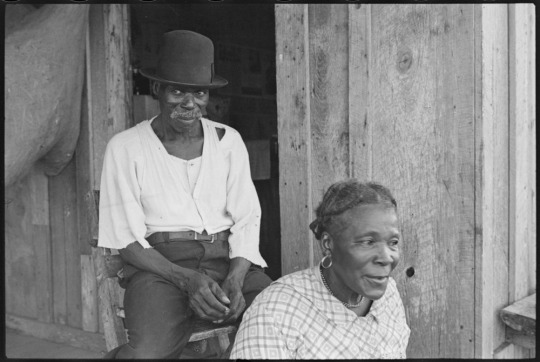
Sharecroppers, Pulaski County, Arkansas. 1937, photographer Ben by Shahn, United States Resettlement Administration, Library of Congress
Life as a Sharecropper
By design, sharecropping deprived Black farmers of economic agency or mobility. Although they were no longer legally enslaved, sharecroppers were kept in place by debt. As their income was dependent on both the profits from the sale of the crop and the whims of the landowners, sharecroppers had to find means to sustain themselves during the rest of the year. They were forced to purchase food, seed, clothing and other goods on credit, typically from a plantation “commissary” owned by the landlord.
At the end of the harvest, when revenue from the crop was “settled up,” the sharecroppers’ portion of the profits was calculated against their debts. As a result, sharecroppers often ended the year owing their landlords money. What could not be paid off was carried into the next year, creating a cycle of indebtedness that was often impossible to break.
Sharecroppers in debt to their landlord were subject to laws that tied them to the land. If they attempted to move, any new tenancy contracts they signed with other landlords could be voided by their existing ones. If they ran away, they could be brought back to their landlord in chains, and made to work as a prisoner for no pay at all.
Even if sharecroppers did not try to leave, they still faced massive obstacles in achieving any kind of solvency. For instance, many Southern states limited how and to whom sharecroppers could sell their part of the crop. In Alabama, cotton had to be sold and transported during the day, and could only be purchased by a state-defined “legitimate” merchant. As sharecroppers couldn’t afford to lose a day’s work to take their crop to market, these laws curtailed their ability to sell their product at the best possible price.
In addition, individual freedoms were crushed by tenancy contracts, many of which included arbitrary clauses forbidding alcohol consumption, speaking to other sharecroppers in the fields or allowing visitors on rented land.
Black sharecroppers could not seek redress through the political system either. Despite the ratification of the 14th and 15th Amendments, the southern “Redemption” that followed the withdrawal of Union troops from the South in 1876-7 ensured that the federal government would not enforce Black voting rights. Black elected officials disappeared from Congress and state legislatures, and attempts at organizing Black voters were brutally suppressed, as in New Orleans in July of 1866, where a convention of Black voters was attacked by a white mob under police protection that killed an estimated 200 people.
Educational opportunities were also sparse. In 1872, white Southerners pressured Congress to abolish the Freedmen's Bureau, a federal agency designed to provide food, shelter, clothing, medical services and land to newly freed African Americans. With the dissolution of the Bureau, few resources remained for the approximately 80 percent of Black people who were illiterate.
Sharecropping, with its prohibitive restrictions on physical and economic mobility, its use of violence and intimidation and its emphasis on maximum production, denied Black Southerners the ability to gain wealth, to exercise the freedom granted them by Emancipation and to gain the education they were deprived of during enslavement. The system existed, in conjunction with other institutions, to exploit Black labor at a minimum “relative loss” to white landowners while keeping the Black population underfoot.
As Black sharecropper Ed Brown said of his experience, “hard work didn’t get me nowhere.”

Sharecropper's cabin, Southeast Missouri Farms. 1938, photographer Russell Lee, Library of Congress
Sharecropping’s Decline and Legacy
After dominating the southern agricultural economy for decades, sharecropping was, like most other farming practices, upended by the rise of new technologies. While these changes were delayed by the Great Depression, sharecropping had become obsolete in many areas of the South by the mid-twentieth century. With increased mechanization, white planters’ demand for Black labor dried up.
Also during this time, Jim Crow obstructions to Black enfranchisement, as well as state-sanctioned violence against Black people, were directly challenged by the Civil Rights Movement and the landmark legislation it helped enact. The Civil Rights Acts of 1964 and 1968 and the Voting Rights Act of 1965 deconstructed de jure segregation across the South in housing and public accommodation, while empowering the federal government to secure the right to vote for Black Southerners.
As scholars Paru Shah and Robert S. Smith note, enfranchisement, desegregation and the decline of sharecropping weakened “the broader agenda of White Supremacy to crush African American socioeconomic mobility,” but did not destroy it. The effects of centuries of Black economic and social oppression, represented in part by sharecropping, are still felt today. Limited access to capital, to mobility, and to representation during Jim Crow and before it denied Black Americans the ability to save, invest or accumulate wealth, concentrating inherited fortunes in the hands of white families and shaping the present class makeup.
For nearly a century, sharecropping defined Southern agriculture and hindered Black economic advancement. The system reflected a multidude of attempts by the white power structure to keep Black workers stagnant, achieving this through intimidation, physical violence and exploitation. Ultimately, aided by organized action, shifting technological and economic conditions and the determination of sharecroppers themselves, the oppressive reality of sharecropping ended. But in the endemic inequities of American political and economic life, its legacy persists.
#NOVA | PBS#Sharecropping#Slavery Rerouted#Black Southerners#The Harvest#Integration#Mississippi's Schools#Jared Tetreau#Article#White Folks | Possessor of Courts | Guns | Railroads | Telegraph Wires | Newspapers | Money | Land#Marshall County | Mississippi#Cooper Hughes | Charles Roberts#Landowner | I.G. Bailey#Sharecropper | Ignorence | Poverty | Empty Hands#African Americans#Civil War#Confederate Monetary System#Doug Blackmon#Emancipation#Historian | Wesley Allen Riddle#Union General Carl Schurz#Southern States | Alabama#Redemption#Educational Opportunities#Freedmen's Bureau#Black Sharecropper | Ed Brown#Civil Rights Movement#Civil Rights Acts of 1964 & 1968 | Voting Rights Act of 1965#Scholars: Paru Shah | Robert S. Smith
2 notes
·
View notes
Text





look alive, sunshine
#take care of yourself#they can see the dark spots underneath your eyes#my art#*ignores like 15 years’ worth of photography experience for the aesthetic*#the majority of these were just straight up photos of total blackness with the flash on; I drove the settings up to bring out the detail#and by detail I mean literally any interpretable noise#I’m not winning any photography contests anytime soon but the southern gothic community seems to be enthused#art#artwork#glitchcore#webcore#aesthetic#internetcore#abstract#glitch art#artists on tumblr#photography#night photography#graphic art#visual poetry
28K notes
·
View notes
Text

a comic i made for hero's birthday 🍳 ✨
(art by me, script by @sunkitty143!)
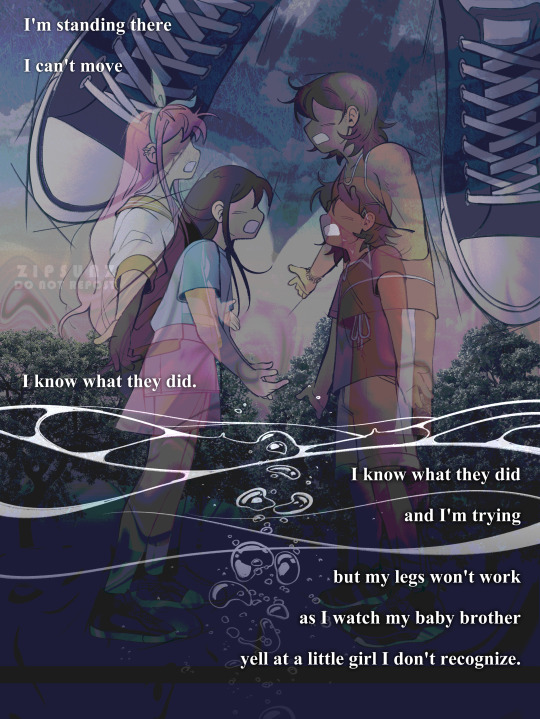



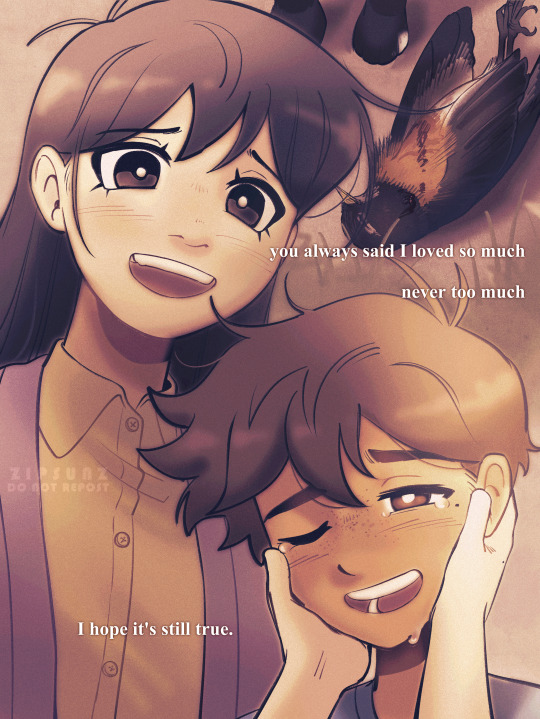


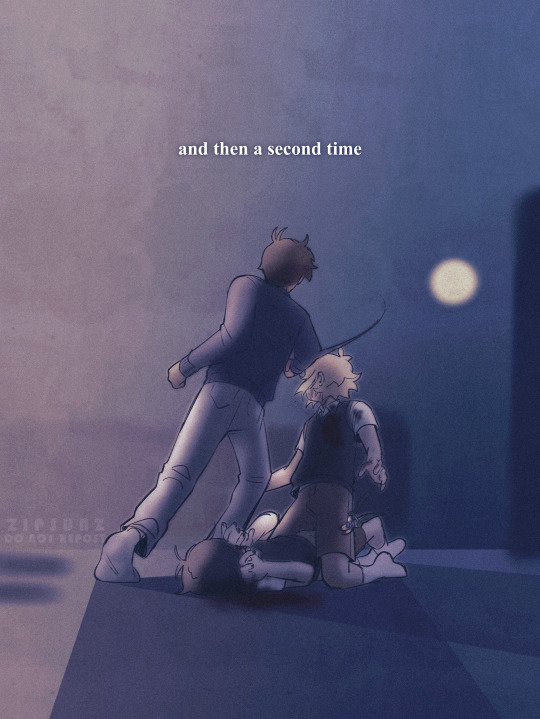
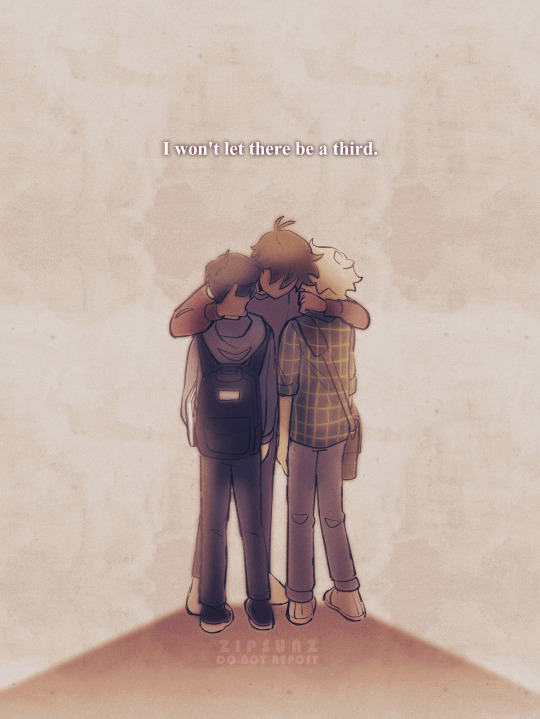
#omori#omori hero#omori aubrey#omori kel#omori mari#omori sunny#omori basil#omori heromari#heromari#omori spoilers#my art#cat collab#a few notes:#the bird is an american robin#i changed hero's (beta) hoodie to USC for the university of southern california. i figure that's what it references lol#i hc hero gave basil his black eye so he'd drop the shears (his weapon is a fist which “gets the job done”)
5K notes
·
View notes
Photo

“Daishon” (2022), acrylic, atomized brass dust, and atomized steel dust on canvas, 120 x 84 inches.
In ‘It Is What It Is,’ Alfred Conteh Takes a Realistic Approach to Examining Life for Black Southerners
The urgency of Alfred Conteh’s portraits lies in the present. He portrays Black people he meets around Atlanta, creating monumental works that accentuate the material both physically and metaphorically, in their mediums and the critical analysis of current social conditions.
All images © Alfred Conteh, courtesy of Kavi Gupta

“Stanton Road Water Boys” (2022), acrylic and urethane plastic on canvas, 84 x 84 inches

Left: “Shampoo” (2022), acrylic and urethane plastic on canvas, 84 x 48 inches. Right: “IWB Shawty” (2022), acrylic, urethane plastic, and atomized steel dust on canvas, 84 x 48 inches
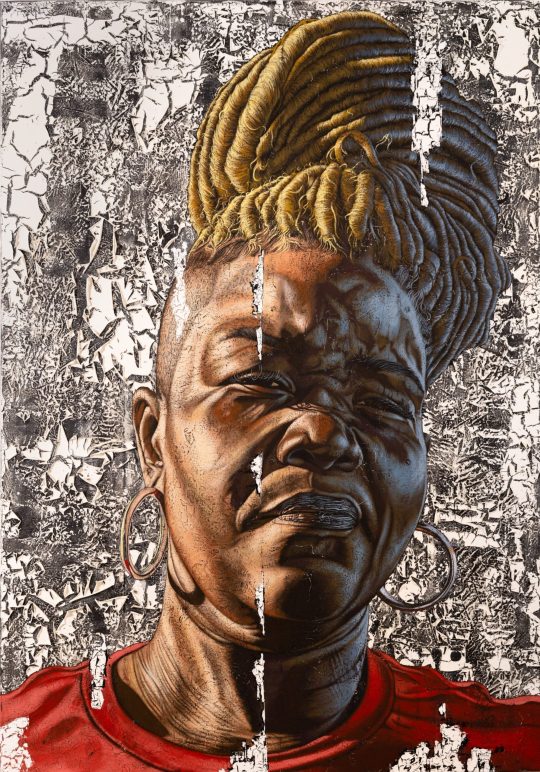
“Loretta (Ms. T)” (2022), acrylic and urethane plastic on canvas, 120 x 84 inches
#alfred conteh#artist#art#it is what it is#black southerners#african americans#paintings#social conditions#photographer#kavi gupta
0 notes
Text
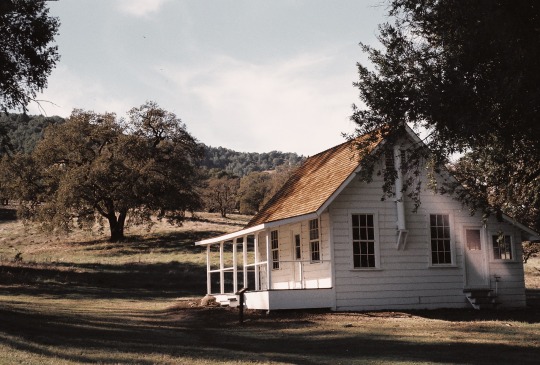

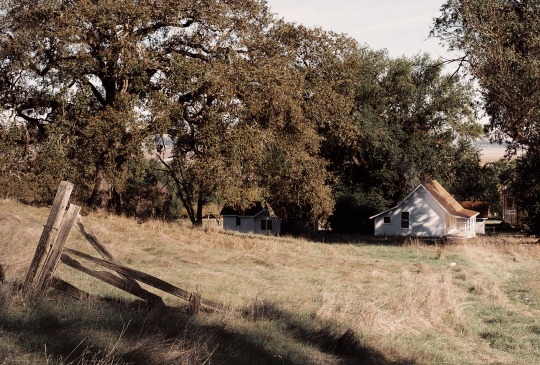
olompali state park
35mm color film
#abandoned church#abandoned homes#olompali#ethel cain#southern gothic#film photography#vintage clothing#35mm photography#35mm flim#medium format#black and white film#color film#old americana#americana#american gothic#haunted
7K notes
·
View notes
Text

𝑳𝒊𝒗𝒆 𝑫𝒆𝒍𝒊𝒄𝒊𝒐𝒖𝒔𝒍𝒚
© slutfocate
#art#artist#artblr#goth#gothic#gothcore#black phillip#occult#dark art#horror#witch#witches#witchblr#witchcraft#witchcore#femme#dark feminine aesthetic#dark feminine energy#dark academia#artists#art community#rural#rural gothic#southern goth#southern gothic#rural living#ruralcore#rural decay#art blog#art gallery
2K notes
·
View notes
Text

#living-dead-girlllll#female hysteria#girlblogging#gaslight gatekeep girlboss#girl interrupted#kinderwhore#coquette#lana del ray aka lizzy grant#morute#lana del rey#southern gothic#vintage americana#dollete#sofia coppola#ultraviolence#lizzy grant#the virgin suicides#black swan#marie antoniette 2006
2K notes
·
View notes
Text

pistol
1K notes
·
View notes
Text

—Did you know that Juneteenth is also celebrated in a part of Mexico? Nacimiento Mexico was once home to thousands who escaped slavery in the US. As many as 10,000 slaves followed a clandestine Southern Underground Railroad to Mexico.
—To date, many Black Mexicans from the Texas area retrace a portion of the same route their African American ancestors followed in 1850 when they escaped slavery.
—Descendants of slaves who escaped across the southern border observe Texas’s emancipation holiday with their own unique traditions in the village of Nacimiento.
—Slave hunters would patrol the southern border for escapees, led by the Texas Rangers but the Mexican army would be there waiting for them (the slave hunters) to turn them away.
x
#juneteenth#mexico#nacimiento mexico#black mexicans#african american ancestors#slavery escape route#southern underground railroad#texas#emancipation holiday#unique traditions#slave hunters#texas rangers#mexican army
1K notes
·
View notes
Text


the southern festoon (zerynthia polyxena) | source
#the southern festoon#zerynthia polyxena#butterflies#stim#sfw#insects#bugs#yellow#black#red#wings#hands#ishy gifs#postish
6K notes
·
View notes
Text

divine mercy
#coquette#girlblogging#ethel cain#southern gothic#rural america#preachers daughter#americana#black coquette
1K notes
·
View notes
Text
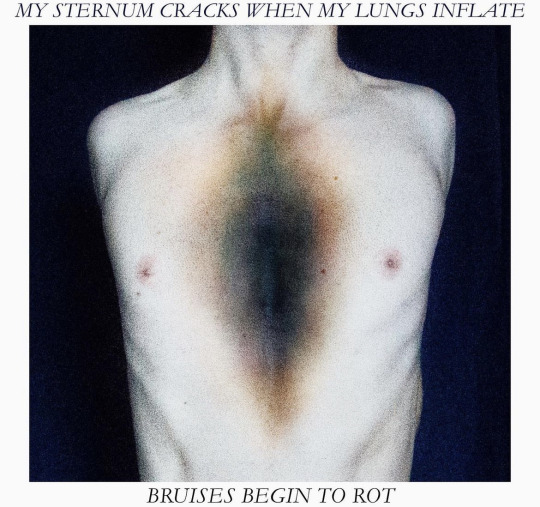
source @ tea.jay on instagram
#this is a girlblog#just girly things#vintage aesthetic#ethel cain#lana del rey#nicole dollanganger#coquette angel#niche girl blog#ribbons and bows#nina sayers#sky ferreira#southern gothic#southern goth aesthetic#poetry#i’m just a girl#girl blogger#girlblogging#female hysteria#faerie#black swan#my head is killing me#girl interupted syndrome#is this too niche#living dead girlllll#ethereal lace#angel dust#preachers daughter#digital photography#that that type of ish that would lead to an episode of snapped or deadly women#weirdcore
636 notes
·
View notes
Text

#girlblogging#girlblogger#girlrotting#lana del rey#hell is a teenage girl#this is what makes us girls#girlcore#girl interupted syndrome#lana del ray aka lizzy grant#lana del ray aesthetic#coquette girl#femcel#coquette aesthetic#divine feminine#coquette grunge#2014 tumblr#manic pixie dream girl#black swan#jennifers body#coquette#american horror story#sofia coppola#dollette#nymph3t#just girly thoughts#just girly posts#just girly things#jennifer check#ethel cain#southern gothic
601 notes
·
View notes
Photo


Vivien Leigh | A Streetcar Named Desire
#vivien leigh#a streetcar named desire#filmedit#classic movies#old hollywood#blanche dubois#southern gothic#1950s#50s#magic#tennessee williams#classic hollywood#classic films#elia kazan#filmgifs#moviegifs#gif#movieedit#black and white#film
3K notes
·
View notes
Photo

“Minnesota” (2022), acrylic and atomized steel dust on canvas, 25 x 25 inches
In ‘It Is What It Is,’ Alfred Conteh Takes a Realistic Approach to Examining Life for Black Southerners
The urgency of Alfred Conteh’s portraits lies in the present. He portrays Black people he meets around Atlanta, creating monumental works that accentuate the material both physically and metaphorically, in their mediums and the critical analysis of current social conditions.
All images © Alfred Conteh, courtesy of Kavi Gupta
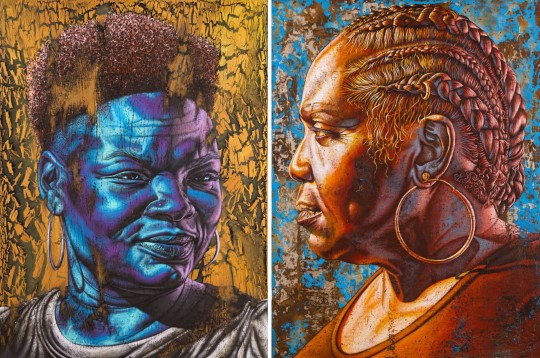
Left: “Reesie” (2020), acrylic and urethane plastic on canvas, 48 x 36 x 3 inches. Right: “Reneé” (2020), acrylic and atomized steel dust on canvas, 48 x 36 x 3 inches
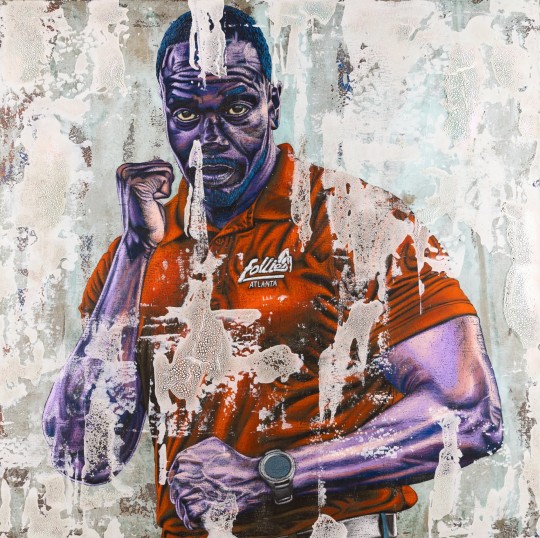
“Isiah (The Boxer, The Bouncer)” (2021), acrylic and atomized bronze dust on canvas, 60 x 60 inches
#alfred conteh#artist#art#photographer#portraits#it is what it is#black southerners#african americans#social conditions
0 notes
Text
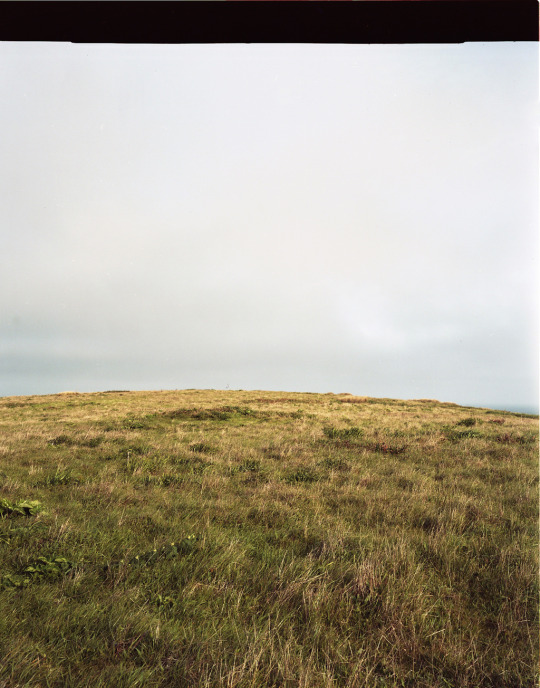
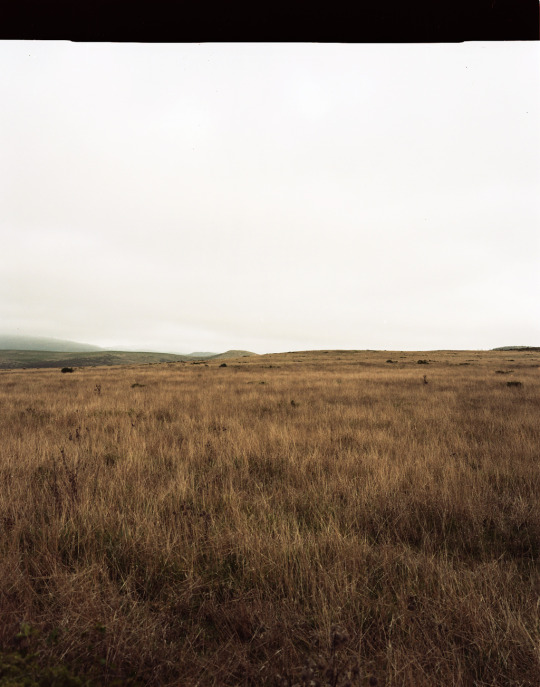


a study on american fields
Large format 4x5 color film
#ethel cain#film photography#southern gothic#abandoned church#35mm photography#vintage clothing#medium format#gunne sax#black and white film#35mm flim#abandoned#old americana#americana#america#american gothic#American fields#filmsnotdead#4x5 film#large format photography#color film#southern#california#women photographers#woman photographer#pioneer#andrew wyeth
4K notes
·
View notes